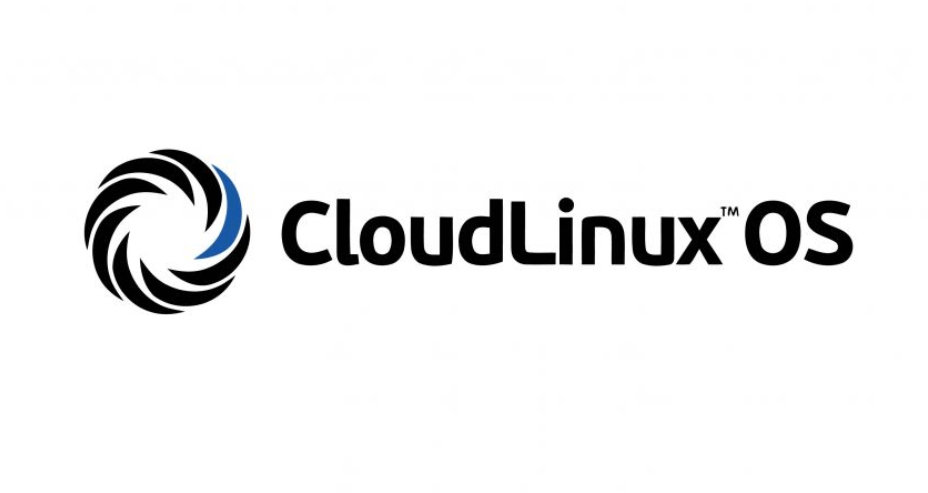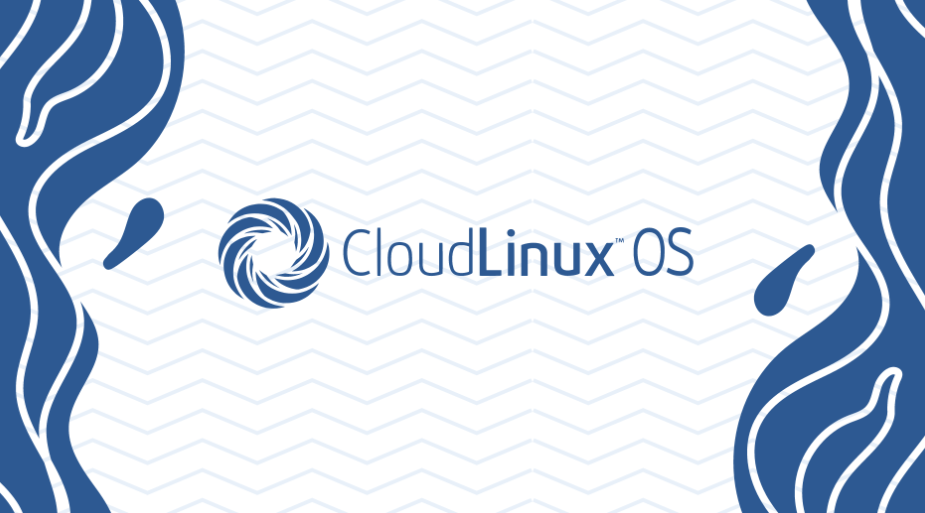Countless issues can come into play regarding overall hosting administration, particularly if a website is hosted on an SH hosting service. From the aspect of security to that of resource management, almost all may be overwhelming. This is why CloudLinux fits in the picture providing remedy to these problems directly. This blog post aims to touch upon features that contribute to this specific server environment.
Understanding CloudLinux and Its Core Advantages
Among others, CloudLinux has various significant features that set it apart as an innovative OS designed especially for the shared hosting environment. Its development was inspired by the search for security, stability, and efficiency that would allow the placement of several sites on a particular server. Decentralized into multiple components, the core of CloudLinux is the lightweight virtual environment technology or LVE, as it is often known, which is charged with managing user isolation. This separation is valuable, especially when using a host with shared accommodation since multiple people compete for the same server assets. The idea is that when working in virtualized spaces, each account has its limited area in the server. Therefore, any problem with one account will not jeopardize the stability of other accounts and the entire server.
It is designed to allow CloudLinux to monitor and manage the overall resource consumption of any individual account. This is beneficial in avoiding situations where one resource-hungry website can utilize or seize control of all CPU, memory, or disk access, leaving other websites on the server to slow down or even crash. By performing this fine-tuning for resource usage, CloudLinux balances the distribution of server chops across all websites hosted on a shared server, thereby making it possible to accommodate all the sites seamlessly.
In addition, CloudLinux also uses an additional security feature in its architecture, CageFS, a virtual file system. The CageFS technology encapsulates every user’s files so that the other user, without permission, can neither view nor perform any action on the other account. This technology is beneficial in shared hosting environments, where multiple users share one OS kernel and are supposed to avoid each other for security reasons or a simple lack of permission.
Summing up, I reaffirm a key proposal of CloudLinux: due to its essential features, it can offer a separate, stable, and, at the same time, virtually scale environment for shared hosting. One of the main issues of shared hosting services in modern hosting companies is the resolution of the resource-sharing concern, and security issues related to it, and concerns that revolve around hosting are addressed by LVE and CageFS of Cloudlinux by creating the foundation for shared hosting services.
Enhancing Security and Isolation in Shared Hosting
CloudLinux offers the shared hosting sector an unprecedented degree of protection, mainly through its unique mechanisms of isolation. This sophisticated isolation is done through technologies that help contain each user where the things that happen in the account or its weaknesses do not affect the other accounts. It is important, especially in the current world where hacking and exposing organizations’ sensitive information is not a rarity but a menace that carries numerous repercussions.
The operating system uses CageFS, which is a proprietary technology of the operating system and plays a central role in this new security approach. CageFS protects each user’s space so other users can only see or modify their files or directories. This isolation does not only apply to file visibility; it also preserves the identity that if an account has been infiltrated, the damage will be confined in a single environment, hence minimizing the effect of the domino blow, where the result is the openness of more servers.
Furthermore, unlike traditional server virtualization, CloudLinux also improves the security of the client’s accounts by setting hard limits for the resources utilized by all accounts. It also helps in preventing a rather sensitive problem where a single user takes much space on the server, often in situations where the server is owned by the web hosting company serving multiple sites // It also aids in reducing attacks that have the aim of overloading the server, specifically Denial of Service (DoS) attacks. CloudLinux lessens the attack surface since it prevents any account from consuming too many resources, so even if several accounts are hacked, their clout won’t affect the server as a whole.
The advantages of CloudLinux concerning security in a providing hosting environment do not stop at an application of protective elements – they are more preventive. This emphasis on separation and resource scarcity does more than protect individual people; it is also conducive to the server environment as a whole to maintain the health and sturdiness of the server environment so that the websites of all hosted environments can run smoothly and securely.
Achieving Superior Stability with Innovative Technologies
CloudLinux brings a new level of stability to shared hosting environments by implementing its Lightweight Virtualized Environment (LVE) and other innovative technologies. CloudLinux solves the common issue of resource hogging by allocating particular resources for every user account and checking them against these rules. This leads to a significant increase in server stability and reliability since no account is allowed to consume resources beyond its capacity; this is bad news for other accounts on the same server.
Among those attributes that are crucial to such stability is the LVE Manager. It provides fine-grained control over the amount of resources each account can consume and can fine-tune its activity by capping CPU usage, amount of RAM usage, and limits for disk operations. What is more important, this specific control applied not only prevents a situation when server resources will be distributed unevenly or since but also enables the server administration to make immediate changes of loads if necessary, without putting at risk the whole server balance.
The integration of CloudLinux’s CageFS technology further bolsters server stability. By isolating each user in its unique file system, the risk of cross-account contamination is significantly reduced. This isolation ensures that issues within one account, whether security vulnerabilities or simply poorly coded scripts, do not impact the stability of other accounts or the server.
Additionally, CloudLinux’s stability is enhanced by its ability to detect and automatically restrict accounts that are using an excessive amount of resources. This anticipative approach disallows the sudden rampaging of a single account to affect the entire server, a problem often associated with shared hosting environments where lack of regulation of such accounts results in things like slowdowns or crashes.
Incorporating these innovative technologies, CloudLinux redefines stability in shared hosting by creating an environment where resources are managed efficiently and accounts are isolated. This reduces the chances of bringing about some problems that are usually associated with shared hosting services and thereby allows all the users of the hosts a good deal of fun.
Streamlining Resource Management and Scalability
The Linux operating system surpasses the competitors not only in terms of providing useful and unique features for shared hosting but also because of better resource utilization. Built to enhance control for hosting providers, the system offers applications to micro-manage the distribution of server space for individual users’ accounts. Using CloudLinux, the providers can set specific restrictive measures on the probably antagonizing elements such as CPU usage, memory space or the disk I/O for each hosting account. At this level of control, it minimizes the situation where one account maxes utilization of server capabilities affecting others or taking up vast resources.
Moreover, CloudLinux’s architecture is designed with scalability in mind. As websites grow and resource demands increase, hosting providers can seamlessly adjust these limits upwards to accommodate the expansion. It also outlines the achievability of the flexibility required to extend the internet presence of a business beyond areas of limited hosting without suffering the aches that are associated with shared hosting platforms. The true enhancement of shared hosting must be viewed in the perspective of the possibility to expand the number of resources infinitely without any impact on the availability and performance of the hosted Internet sites.
Another advantage of CloudLinux is resource management, where various options can easily be adjusted by the hosting provider without much struggle. This is important, especially when hosting events that are very fast and sometimes require a lot of time. Using CloudLinux, the hosting providers can immediately control and ensure that a server is distributed equitably and fairly amongst the clients that have accounts hosted on the platform while at the same time ensuring that changes can be made in response to the changes needed for the server to perform maximally and to the satisfaction of the account-holders.
How to Seamlessly Install CloudLinux on Your Shared Hosting Server
It is stated that moving to CloudLinux on the shared server hosting can improve security, stability, and resource utilization so that each user on the server will receive the best possible conditions. The application procedure therefore does not suggest that prior experience in technical work is essential. Here’s how you can get started:
- **License Acquisition**: The first step is to obtain a CloudLinux license. This can usually be purchased directly from your hosting provider or the CloudLinux website. Before proceeding, ensure that your hosting server is compatible with CloudLinux.
- **Preparation and Backup**: Before installing any new software, it’s crucial to back up all existing data on your server. This precautionary measure ensures that you can restore your system to its original state in case any issues arise during installation.
- **Installation Script**: Once you have secured your license and backed up your data, the next step is to initiate the CloudLinux installation. CloudLinux provides a script that automates much of the installation and configuration process. You can access this script from the CloudLinux documentation or support portal. Running this script usually involves executing a command through your server’s terminal or command-line interface.
- **Configuration**: After the installation script completes its execution, additional configuration steps might be required. These steps are typically well-documented, and CloudLinux support can assist you through any complex configurations or troubleshooting.
- **Verification and Testing**: With CloudLinux installed, verifying that everything is functioning as expected is advisable. Check that the LVE Manager and CageFS are correctly configured and operational. Testing your server’s response to different loads and ensuring that resource isolation works as intended are critical final steps in the installation process.
These are some of the procedures that can allow you to migrate your old shared hosting server to Cloudlinux to get more points that can be scrutinized further to provide the customers with enhanced security, stability, and efficiency of the server. Remember, if you encounter any difficulties, CloudLinux’s support team is just a message away, ready to assist you in optimizing your hosting environment.



